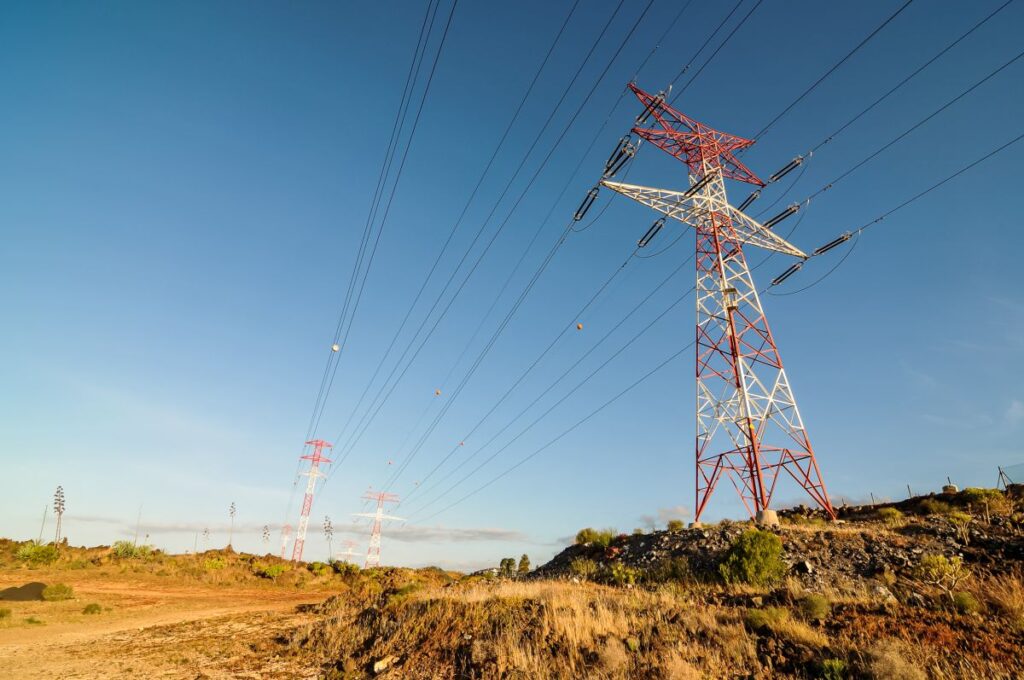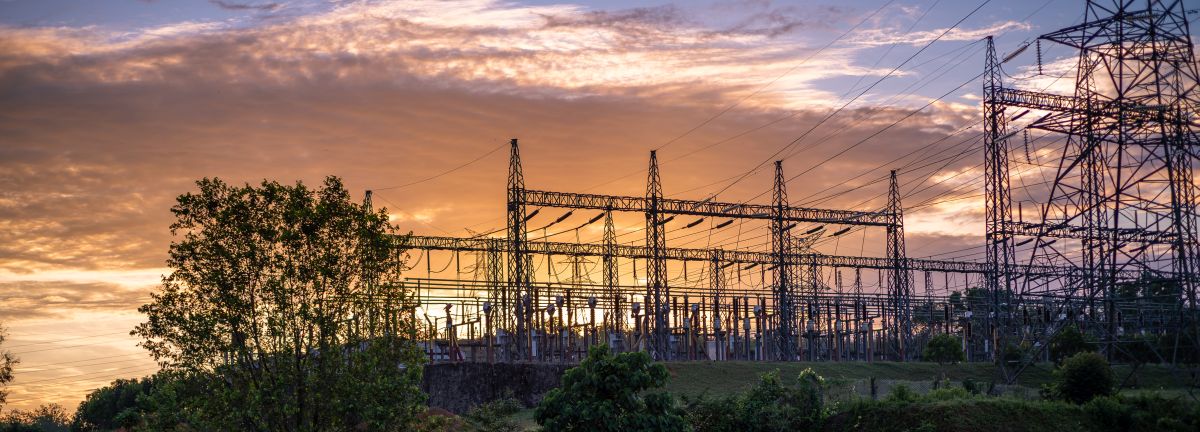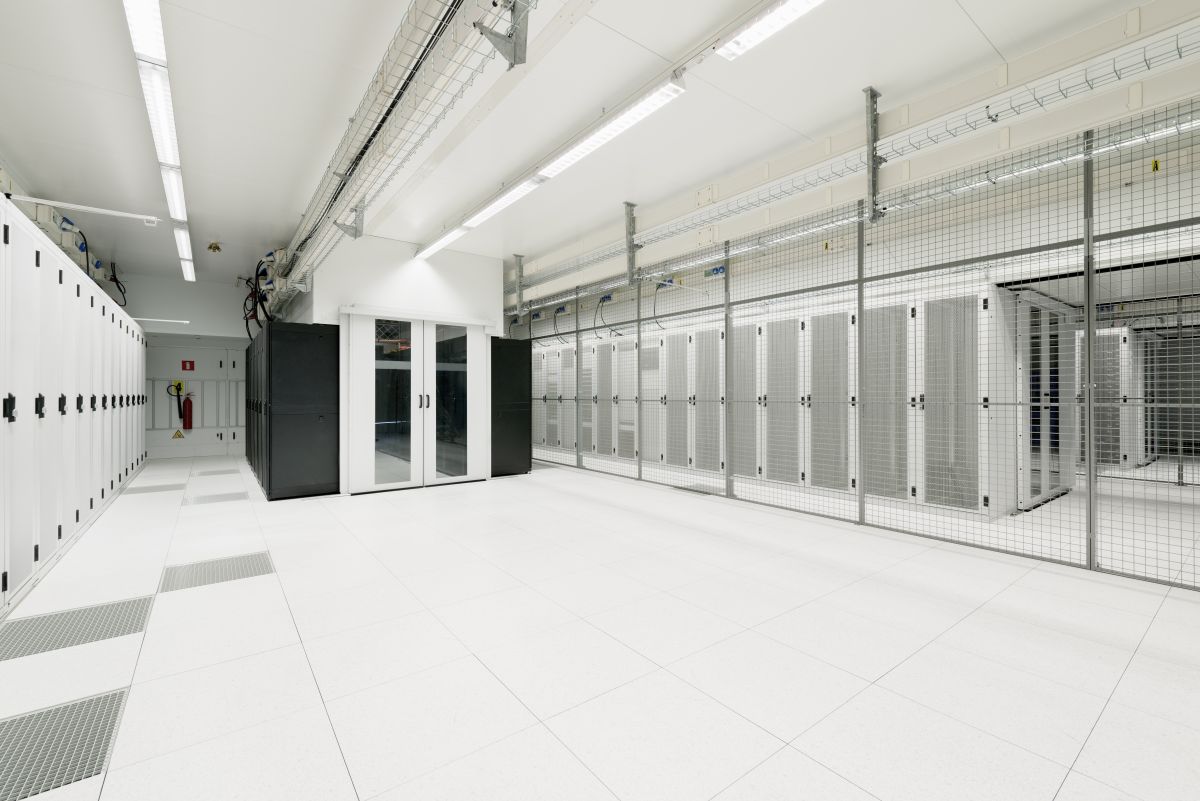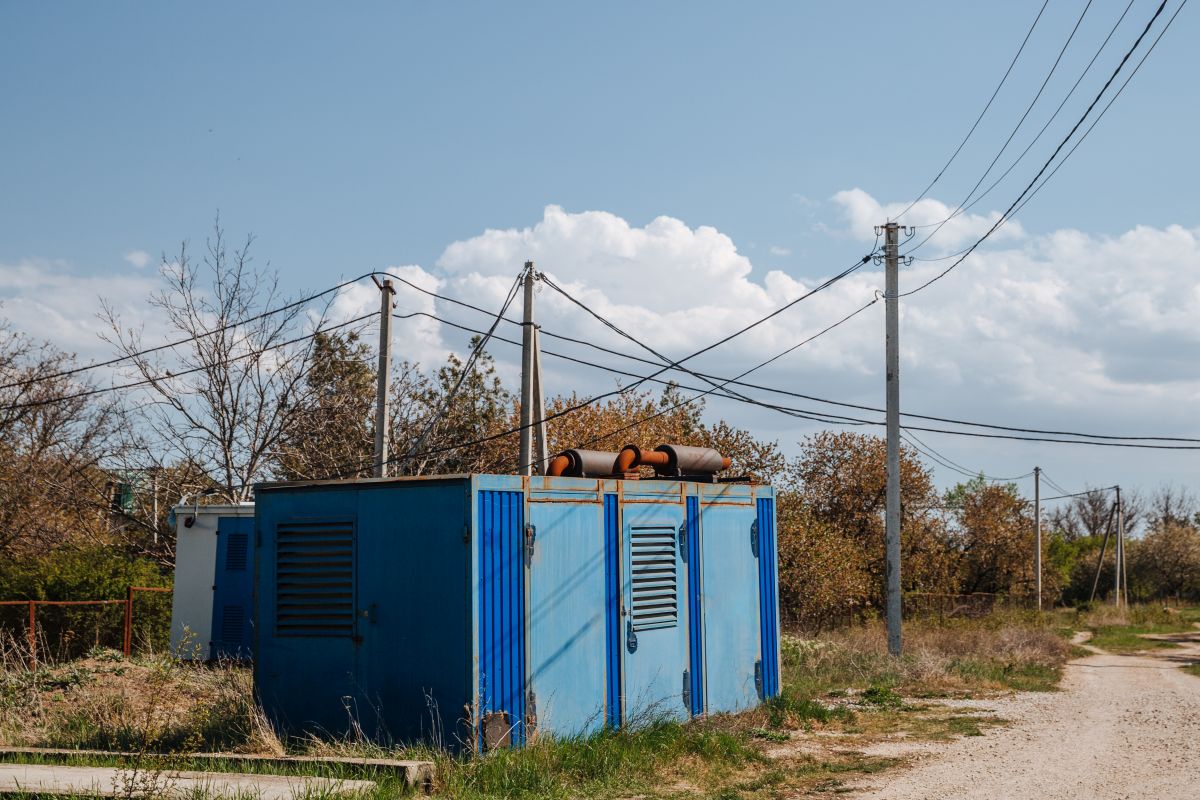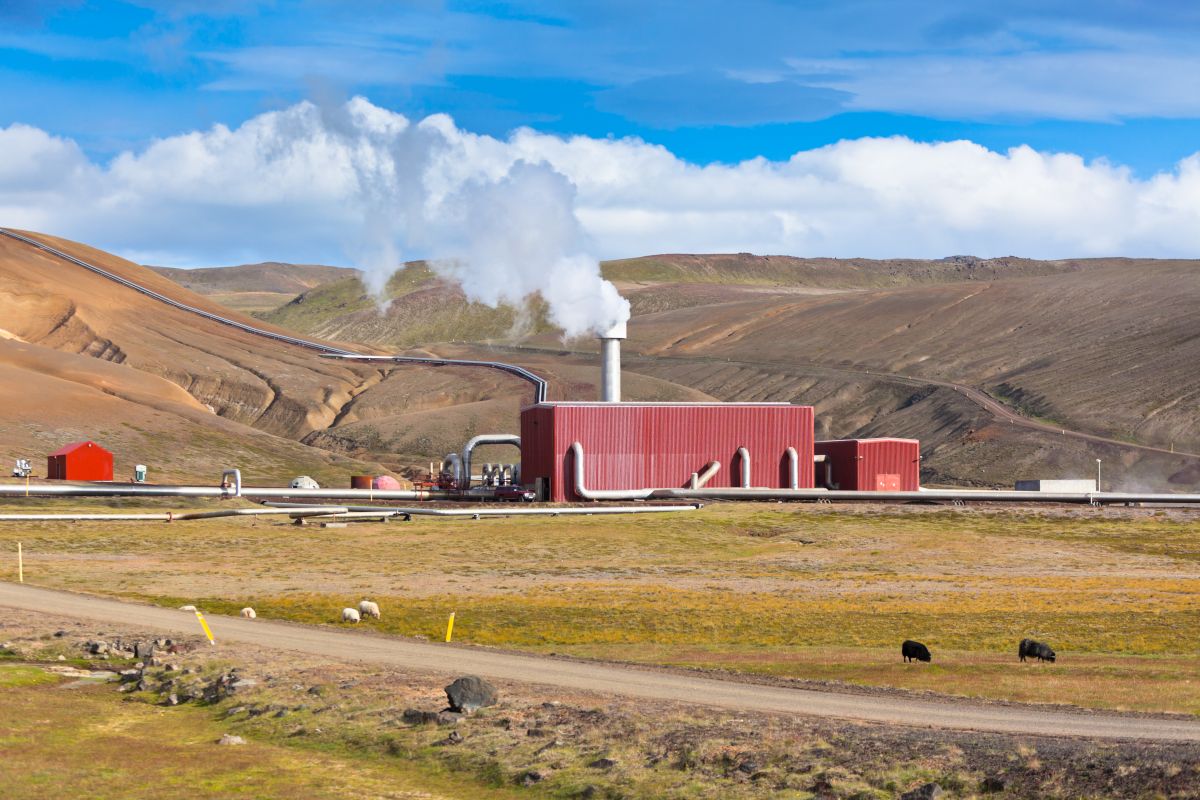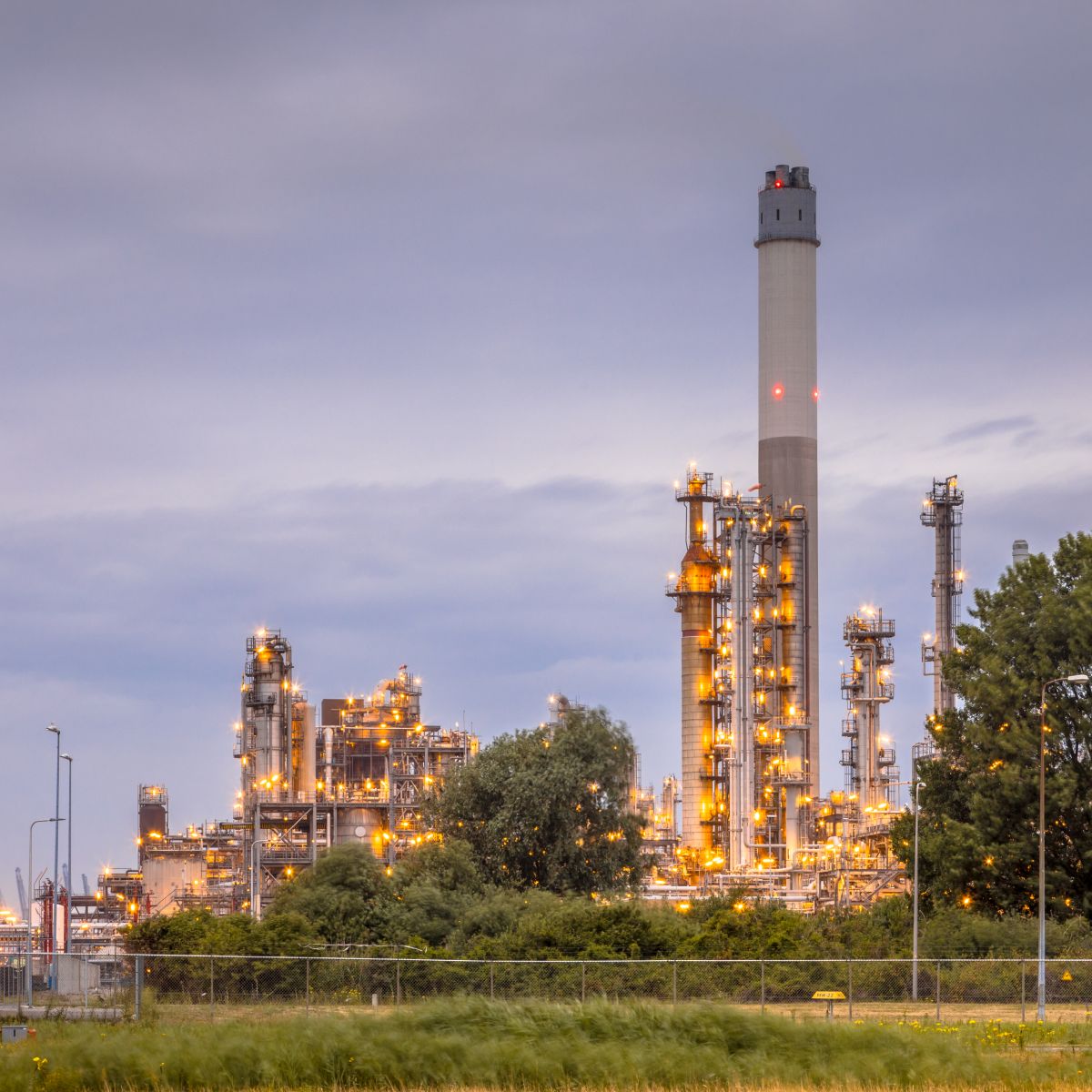WWW.SMART-ENERGY.COM
Large-scale reconductoring of transmission lines with advanced conductors in the US offers a cost-effective approach to rapidly expand their capacity, a new study suggests.
The study from the Goldman School of Public Policy at University of California Berkely and grid consultancy GridLab, indicates that advanced conductors could up to double the power capacity of many transmission lines in the US within existing rights of way.
Describing reconductoring with advanced conductors as “the most significant and relatively unexplored opportunity to substantially increase transmission capacity, considering costs, permitting and implementation speed”, the study report points to the vast majority of the transmission lines in the US as being short, i.e. <80km, and thus most likely limited by the conductor’s thermal capability.
However, for the approximately 2% of longer lines, sectionalisation with the addition of new substations with active and reactive power generation sources along the line could help to improve voltage and angular stability so that the high capacity benefits of advanced conductors could be reaped.
Various ‘grid enhancing’ or ‘non-wires’ technologies are available for enhancing the capacity of transmission grids, such as dynamic line rating and power flow controllers, but advanced conductors have attracted less attention in the US at least.
According to the report as of 2023, some 150,000km of advanced conductors had been deployed globally, in some cases on new transmission lines.
Among companies with deployments are Elia in Belgium, pioneering them as far back as 2009, TenneT in the Netherlands and Terna in Italy, while other countries with deployment include India and China.
Another finding of the research is that reconductoring projects typically cost less than half the price of new lines for similar capacity increases.
Reconductoring also could help provide the majority of the US near-term interzonal transmission capacity needs, providing time for new lines to be developed for long-term needs.
By 2035 it could enable nearly four times the interzonal transmission capacity expansion compared to new-build alone, given restrictions on greenfield transmission build-out.
Pursuing a strategy of simultaneously reconductoring with advanced conductors and addressing barriers to new greenfield transmission provides the largest savings in total system costs of all considered scenarios, yielding cumulative savings of over $400 billion by 2050 compared to the business-as-usual case, according to the report.
Reconductoring barriers and policy
A second companion report from GridLab and the think tank Energy Innovation reviews the barriers to reconductoring and makes policy recommendations.
Based on interviews with industry stakeholders, including utilities, regulators and system operators, a key barrier that emerged is higher up-front cost of advanced conductors making it difficult for utilities to justify wide, proactive use under current regulatory practice.
Others are industry unfamiliarity with the technology, lack of comprehensive regional planning, and unclear permitting processes, which have exacerbated these issues.
Ageing infrastructure that needs remediation or replacement, supply chain bottlenecks in transformers and workforce limitations also were cited.
With this five primary areas are proposed for policymakers to address:
- Alignment of utility incentives with the selection of advanced conductors
- Improvement of transmission planning
- Examination of efficiency standards for transmission lines
- Expansion of federal and state funding support
- Development of education and training for the workforce.
By addressing these areas comprehensively, state and federal policymakers can partner with utilities and technology providers to seize the opportunity provided by reconductoring with advanced conductors, the report concludes.
“2023 was the hottest year on record, and the US needs solutions to transform to a clean electricity system faster and more affordably. Advanced conductors, alongside other advanced transmission technologies, are a vital and untapped part of that solution.”


